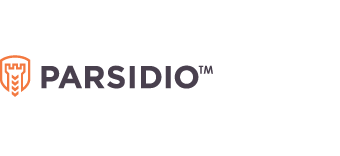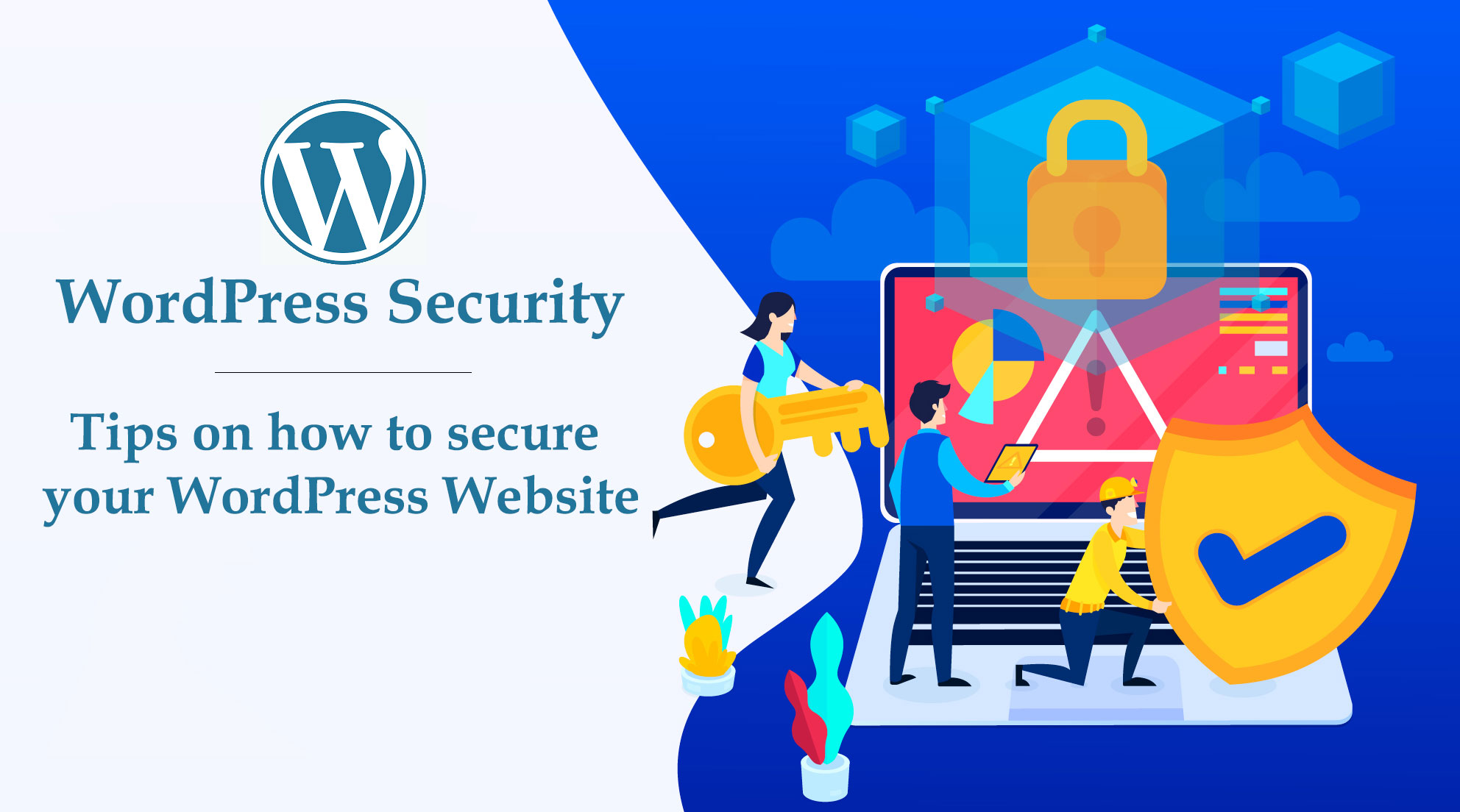WordPress Security – Tips on how to secure your WordPress Website
WordPress is the most popular Content Management System (CMS) and powers more than 30% websites in the world today. This popularity draws hackers to target WordPress site. If you don’t take certain precautions you could get hacked. While you can never secure your site 100%, you can certainly aim for 99% and you can achieve that by taken properly precautionary measures that will help block every access point of your site and its vulnerabilities.
In this blog we will share Tips on how to secure your WordPress Website
1. Choose a trusted and reputed Hosting provider
It may seem tempting to go with a cheap hosting provider but this approach has its downside. Such providers implement lesser security measure to secure the hosting servers. So don’t be tempted by this route. It can, and often does cause nightmares down the road. Paying a little bit more for a quality WordPress hosting provider means additional layers of security are automatically attributed to your website. An additional benefit, by a choosing a trusted hosting provider, you can significantly speed up your WordPress site.
2. Keep Your WordPress Version Updated
Hackers come up with new strategies to wreck websites on a daily basis. So running an outdated version of WordPress is just asking for trouble. Always make sure your WordPress site is running the latest version for optimum security. With any new release, WordPress gets improved and its security is improved too. Lots of bugs and vulnerabilities are fixed every time a new version comes out. By staying updated with the latest version you are helping protect yourself against being a target for pre-identified loopholes and exploits hackers can use to gain access to your site.
3. Avoid Use of Nulled or Cracked Themes
Make sure you select WordPress themes that have a good reputation. Those made by less than reputable developers or those which don’t have the cleanest code could open up your site to security vulnerabilities once installed.
There are a few sites that provide nulled or cracked themes. A nulled or cracked theme is a hacked version of a premium theme. Such themes contain hidden malicious codes, which could destroy your website and database. While it may be tempting to save a few bucks, always avoid nulled themes.
4. Choose Secure WordPress Plug-in
As mentioned above for themes the same applies to plug-in. Never download a plug-in from a developer you don’t trust and always install plug-in updates when they become available to maintain site security. Ideally, you want to choose a plug-in that sounds relevant to you, has a decent number of active installs, a good rating, and tested with a recent WordPress version. A plug-in last updated date and active installs are a good indicator of a plugin’s popularity.
5. Limit Login attempts & change login credentials
Don’t let your login allow unlimited username and password attempts. Hackers thrive on this method to discover your login credential. Limiting the available attempts is the first thing you should do to prevent that. Implementing lockdown feature for failed login attempts can prevent a brute force attack. Whenever there is a hacking attempt with repetitive wrong passwords, the site gets locked, and you get notified of this unauthorized activity.
Choosing a difficult username and password is important for your site’s overall security. Never use “admin” as your username. Since it’s the most popular username for WordPress, leaving this the same is like an invitation to hackers. Always use a combination of numbers, letters and symbols for your password. Basically, make it impossible for a human to guess, and extremely difficult for a machine to crack.
Here is a list of the most common passwords which you should avoiding using.
6. Rename your login URL
By default, the URL you use to log into your dashboard is wp-admin or wp-login.php, added after your site’s main URL. For example: www.Yoursite.com/wp-login
This is a given to any hacker. If you change that URL, you reduce the chances of being hacked. Guessing a custom login URL is way harder for hackers. For instance, your login URL can be changed to www.Yoursite.com/i_love_wordpress. This is something you can do easily and is highly recommended.
7. Perform regular security scans
Use trusted Security scans software/plugins that go through your whole website in search of anything suspicious. If something is found, it’s removed immediately. Those scanners work just like anti-viruses.
Online vulnerability or malware scanners can help you check your website for some very common security risks. For example, they can look for malicious code, suspicious links, suspicious redirects, WordPress version, and more.
Additional Tips
Apart from following the above mentioned WordPress security tips we also would like to suggest few other points which might help you with better security. For instance,
- Installation of SSL Certificate to ensure sensitive information is encrypted before it is transferred between web browser and server.
- Take backups regularly to secure your WordPress website in case something goes wrong
Final Words
This list is by no means complete but it should definitely give you a starting point in identifying potential security loopholes and taking necessary action to protect your WordPress site from hackers. WordPress security is one of the crucial parts of a website. If you don’t maintain your WordPress security, hackers can easily attack your site.



